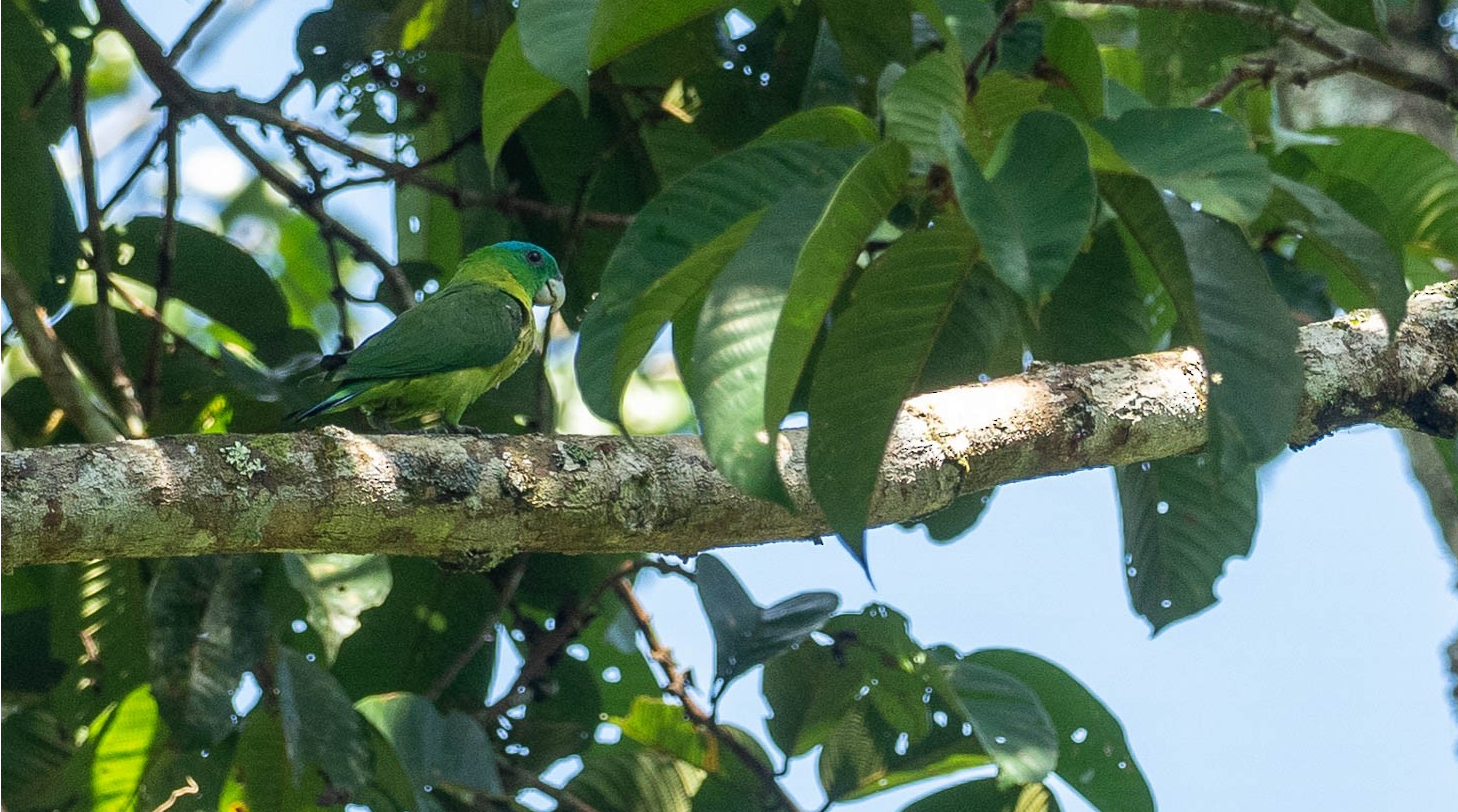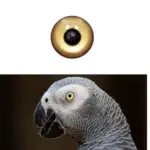
Systematics History
Editor’s Note: This article requires further editing work to merge existing content into the appropriate Subspecies sections. Please bear with us while this update takes place.
A recent phylogenetic study indicates that this species is part of a clade that contains also P. verticalis, P. flavicans, and P. luconensis.
Sometimes considered conspecific with P. flavicans (but recent reinforcement of split. Until recently was considered conspecific with P. mindorensis (which see), and previously with P. plate name, but the molecular study indicates that those belong in a different clade.
Blue crowned Racquet tail Races may represent two distinct species; further studies, using additional data and specimens, are required in order to clarify taxonomic status, especially of apparently intermediate forms in Samar and Leyte.
Proposed race nesophilus (Catanduanes I) here considered a synonym of whiteheads; suluensis (Sulu Archipelago) included within nominate. Two subspecies are currently recognized.
Subspecies
Blue-crowned Racquet-tail (Blue-crowned)Prioniturus discurus whiteheads Scientific name definitions
Distribution
Blue-crowned Racquet-tail (Blue-capped)Prioniturus discourse discuss Scientific name definitions
P. d. discourse
Distribution
Distribution
Editor’s Note: Additional distribution information for this taxon can be found in the ‘Subspecies’ article above. In the future, we will develop a range-wide distribution article.
Habitat
The primary and secondary forest up to 1750 m, but mostly below 1500 m, especially on islands where it overlaps with P. Montanus; also mangroves, orchards, and banana plantations.
Movement
Blue crowned Racquet tail Birds arrived on Calicoan, off S Samar, in midsummer after breeding, becoming commoners into Sept-Oct; no other information suggests migratory behavior.
Diet and Foraging
Poorly documented; apparently fond of bananas, inflicting damage on unripe crops adjacent to the forest. Repeated presence in Ficus, Sibuyan, suggests use as food. Forages in small flocks, typically numbering up to a dozen birds.
Breeding
Season Apr–May on Negros, Mar-May on Panay, May on Leyte; pair “billing” in Feb, Mindanao, where nesting behavior also observed in May;
Blue crowned Racquet tail birds with enlarged gonads were also collected in Jun. Nesting reputedly colonial in tall live trees, either in the main trunk or in large branches, including old woodpecker holes, e.g. of White-bellied Woodpecker (Dryocopus javensis).
Clutch three white eggs, size 30·2–31·9 mm × 25·4–26·6 mm (4). Recently hatched nestlings have greyish down.
Not globally threatened. CITES II. The population considered to be stable but remains unquantified. Generally common even in degraded habitat on largely deforested islands such as Negros and considered to be common in Rajah Sikatuna National Park, on Bohol;
however, not common on Sibuyan; regularly recorded at PICOP logging concession near Bislig, Mindanao. Only recently discovered on the island of Panay.





















